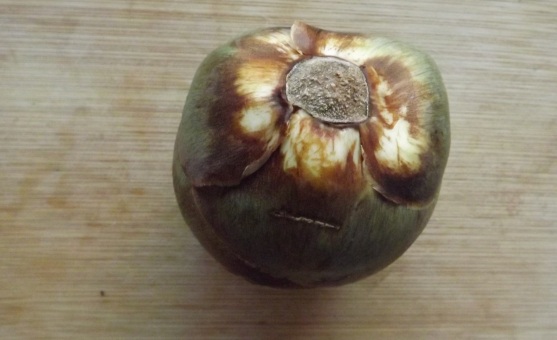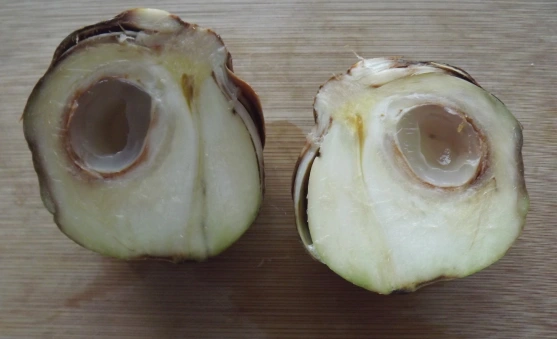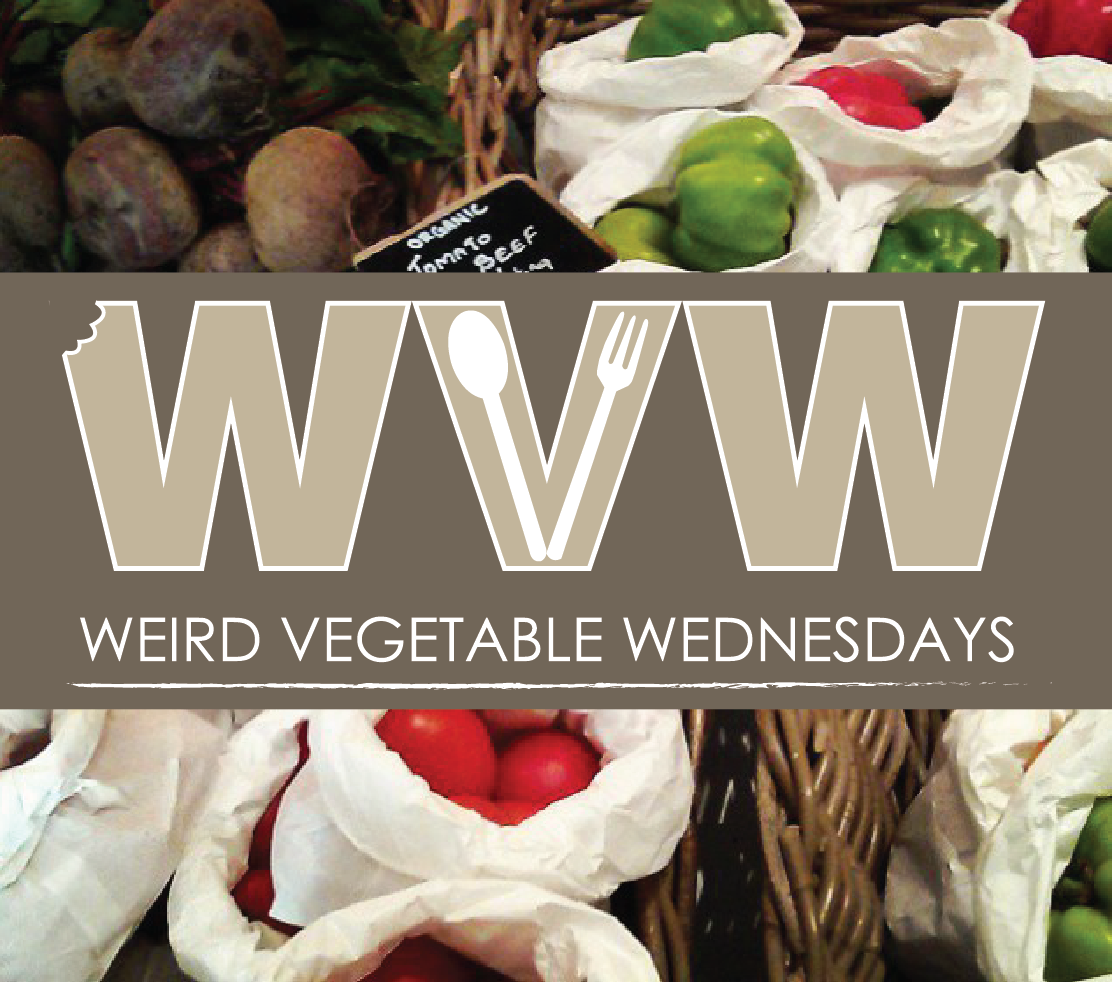
Name: Palm fruit
Appearance: The palm fruit that I’ve selected for this week’s blog post is smooth, round and firm, fitting snugly into my hand like a cricket ball. Despite its potential efficacy as a projectile, it does not look remotely edible, and not for the first time when confronted with a candidate for this blog, I wonder how our ancestors discovered that it could be eaten. I suppose in the desperation of extreme hunger, anything that grows on trees might be fair game, but it isn’t as if you can simply take an experimental bite out of a palm fruit: the tough exterior is at least an inch thick.
Where do they eat it? Palm fruit, as its name suggests, is one of the offerings of the palm tree family, along with the coconut, and, interestingly, the snake fruit that I previously tasted for WVW. It grows on a tree that possesses the rather amusing Latin name of Borassus flabellifer, and is eaten across Asia.
Cost and sourcing: I bought my palm fruit from Lulu, at a cost of 8.95 per kilo.*

Preparation: It’s immediately clear to me that, just like a coconut, you can’t eat a palm fruit’s shell, and I don’t fancy risking my incisors to confirm that. But for a moment, I’m entirely nonplussed as to how I’m going access the fruit within. Do I peel back the polished fronds that lie flat against the shell? Or do I attempt to crack it open? After a moment’s hesitation, I eventually plump for sawing open the palm fruit with my all-purpose cook’s knife.
It is a profoundly unsettling task. Regular readers of WVW will know that I possess a vivid imagination, and for some reason the sawing motion required to split the palm fruit puts me uncomfortably in mind of a grisly autopsy – a notion that’s only reinforced when a clear liquid begins leaking from the incision.
Like many of the vegetables I test here, this is probably not one of those things that you’d let your child prepare. You’ll need a firm grip and a steady hand to secure the palm fruit, and a sharp knife to cut it in half.

What does it taste like? Eventually I manage to halve the palm fruit, and discover that its impenetrable husk is defending a small white chrysalis-like globe. I’m reminded irresistibly of an eyeball, or, more pertinently to the task in hand, a lychee. The flesh is pallid, quivering, and jelly-like; clear juice soaks my chopping board.
There is not much of it, either. Perhaps I chose a particularly small palm fruit, but after I’ve scooped out its contents, I’m left with barely a teaspoon of edible fruit. Nonetheless, I’m grateful that this will not be a prolonged experience: like the dragon fruit that I tasted last week, the palm fruit does not possess a particularly distinctive flavour, and I’m not a fan of the jelly-like texture or slightly oversweet aftertaste. It is with some relief that I consign the rapidly browning husk to the bin.
Verdict: 0/5
I can’t conceive of a single situation in which I would buy a palm fruit and spend five minutes hacking it open in order to access its slimy innards. Not one.
*I’ve decided to change the way that I cost up my weird vegetables. Rather than costing them per item, I’ll give you the price per kilo. This will hopefully give you a more realistic idea of how much you should expect to pay should you decide to try this weird and wonderful produce yourself.
